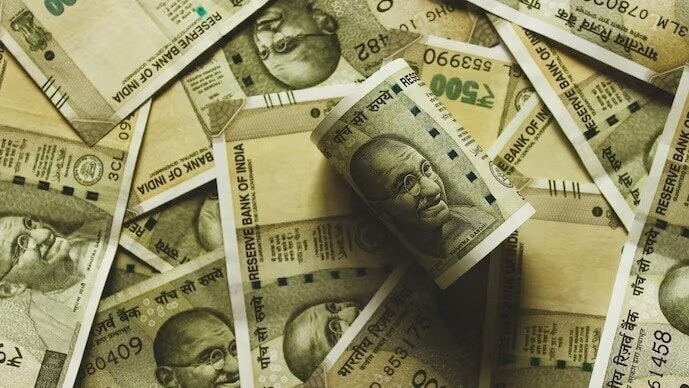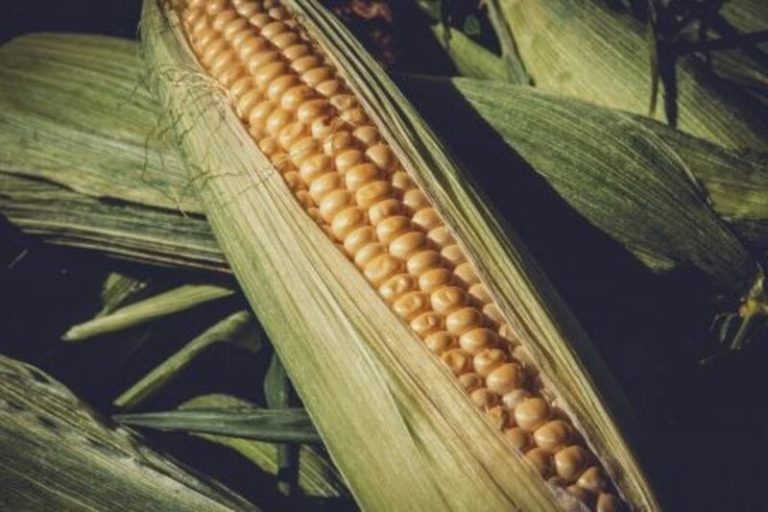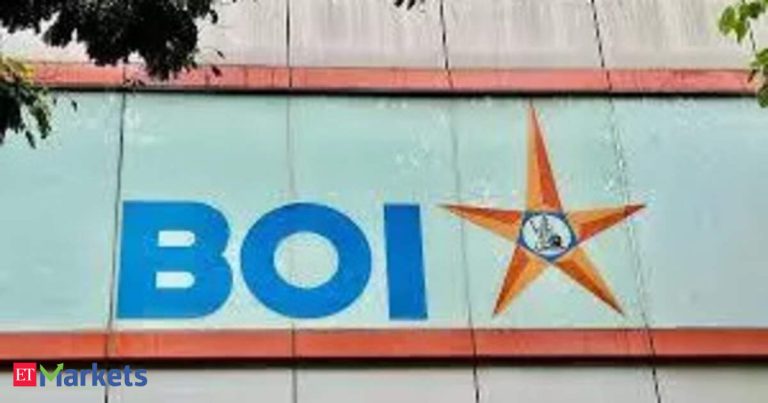States are projected to spend close to 2% of their combined gross state domestic product (GSDP) or Rs 6.4 lakh crore ($76.67 billion) on social welfare schemes in the current fiscal year, and this is much more than their spending in some of the recent years. Social welfare spending rose as states rolled out various schemes such as monthly income for women and free travel on state-run business. This expenditure is expected to stay elevated in the near future, given the commitments made by states in the run up to Assembly and general elections in recent years.
This rise in spending on welfare schemes has come at a cost. It has hurt states’ ability to spend on infrastructure creation and other development work, a report by rating agency Crisil said, after analysing budgets of top 18 states – that account for about 90% of aggregate GSDP.
Welfare spending is a major component of the budgets of the Centre and states. The Centre spends big on a whole range of welfare schemes including the Mahatma Gandhi National Rural Employment Guarantee Scheme (MGNREGS), Jal Jeevan Mission, PM KISAN, PM Awas Yojna and PM POSHAN. MGNREGS receives the highest allocation. For the current fiscal, the centre has allocated Rs 86,000 crore ($10 billion). Jal Jeevan Mission, PM Kisan, PM Awas Yojna and PM POSHAN together get more than Rs 2.30 lakh crore ($26.90 billion). The overall spending on social welfare schemes of the Centre is higher.
States’ spending on welfare schemes will result in high revenue deficit and limit their ability to undertake higher capital outlays, the rating agency warned. As a percentage of GSDP, expenditure on these schemes was at a similar level last fiscal, and stood at 1.4-1.6% between fiscal years 2019 and 2024, Crisil said.
States stepped up revenue expenditure on schemes for women, children, labour and backward classes in the run up to general and Assembly elections. Many states have introduced income transfer schemes to women, where the target group gets Rs 1,000-2000 per month. A few states introduced free travel for women on state transport buses.
Crisil Ratings senior director Anuj Sethi said, “Social welfare expenditure in fiscal 2025 and 2026 is estimated to increase by about Rs 2.3 lakh crore ($26.90 billion) from fiscal 2024 level. Of this, about Rs 1 lakh crore ($11.67 billion) is towards direct benefit transfers (DBT) to women primarily as election commitments. Meanwhile, the remaining about Rs 1.3 lakh crore ($15.17 billion) increase is primarily for financial/ medical assistance to backward classes and social security pension to select focus groups, which supports necessary expenditures for socio-economic development.”
The increase in social welfare expenses over fiscal years 2025 and 2026 is not estimated to be uniform across the states with about 50% of analysed states expected to see a significant surge in these expenses while remaining are expected to see these expenses at relatively stable levels or see a modest increase.
With social welfare expenses inching up significantly, overall revenue expenditure is budgeted to log a compound annual growth rate (CAGR) of 13-14% between fiscal years 2025 and 2026, Crisil stated. In comparison, growth of revenue receipts were slower – it grew about 6.6% on-year last fiscal and is expected to increase 6-8% on-year this fiscal. This mismatch in the growth of expenditure and revenues will ensure revenue deficit stays elevated.
Crisil Ratings director Aditya Jhaver said, “Rise in revenue deficit normally results in state governments reducing capital outlay to maintain their fiscal stability. Last fiscal, capital outlay grew a meagre 6% on-year (vs a CAGR of 11% over 5 years ended fiscal 2024) as revenue deficit ballooned almost 90% on-year. If this trend continues this fiscal, it could constrain states’ capital outlay, which has a higher multiplier effect and can stimulate increased investment in the economy.”
While allocating funds to social welfare schemes is crucial for socio-economic development, an increase in such allocations without a corresponding increase in revenue receipts can impact the credit profiles of the states in the long run, underscoring the importance of maintaining fiscal prudence, Crisil said.







